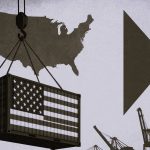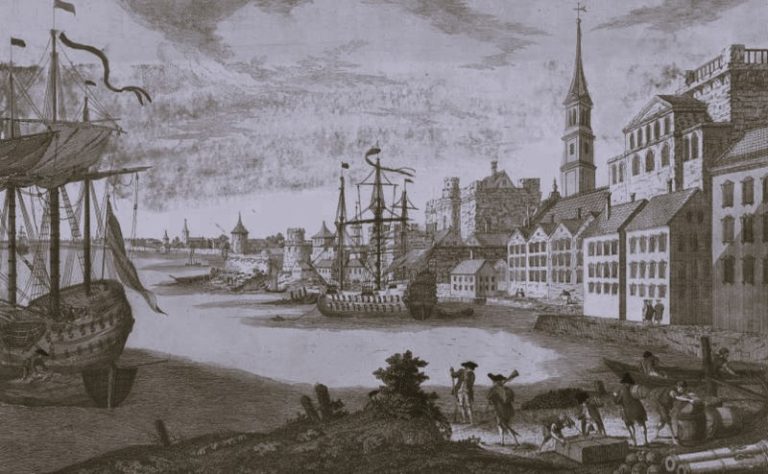

The construction project was approved in 1895, and work began in 1897.

By Dr. Stephan Brabec
Retired Professor
University of Natural Resources and Life Sciences (BOKU)
In the second half of the nineteenth century, projects aimed at improving ship-based commerce by connecting various rivers boomed. One such project was the establishment of an Elbe-Vltava-Danube canal, which, however, was never completed.
A connection to the Danube was a fanciful dream beyond the capacities of engineers at the time. Only a canal suitable for shipping between the Vltava and Elbe was built between Prague and Usti nad Labem.

The construction project was approved in 1895, and work began in 1897. A commission for the channeling of the Vltava and Elbe River in Bohemia was created, which dutifully reported on problems and successes from 1897 to 1912. Economic interests were the main driving force for this comprehensive transformation of river landscapes into an “Organic Machine” (White 1995); flood protection played no role. Low water tables had been a hindrance for ship and raft transportation alike; the canal promised reliable water levels throughout the year. Sluices and dams were built in Prague, Troja, Klecan, Libschitz, Miřowitz, and Wraňan/Hořin on the Vltava River, and on the Elbe in Beřkowic, Wegstädtl, Raudnitz, Leitmeritz, and Lobositz.

The canal was never an economic success. Shipping statistics between 1882 and 1916 show that, from the beginning of the twentieth century, the number of transport vessels actually sank. Rafts had to be towed as the flow of the water had been diminished.

The construction never fulfilled the hopes placed upon it. World War I meant the end of the project, which, however, had a lasting effect on river ecosystems. Most of the buildings are still in place; only locks and sluices were modernized. After World War II, the integration of water power plants or kayak courses added new forms of use.
Further Reading
- Brabec, Stephan. Die Kanalisierung von Moldau und Elbe: Die Umgestaltung von Fließgewässern aus umwelthistorischer Sicht. Saarbrücken: VDM Verlag, 2011.
- White, Richard. The Organic Machine: The Remaking of the Columbia River. New York: Hill and Wang, 1995.
Originally published by Arcadia: Explorations in Environmental History, 7 (2011), under a Creative Commons Attribution 4.0 International license.






